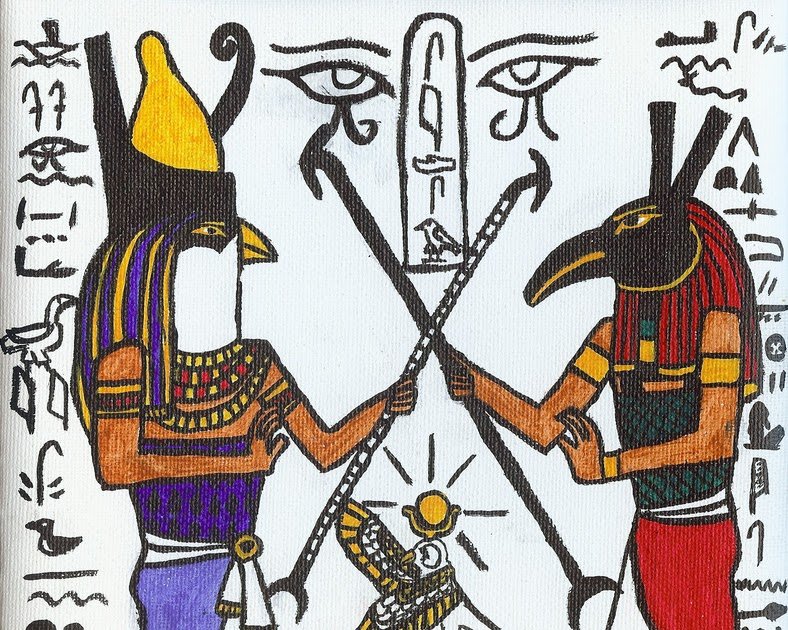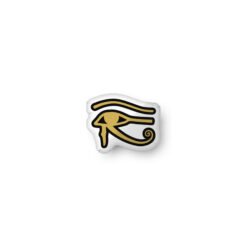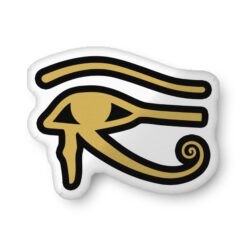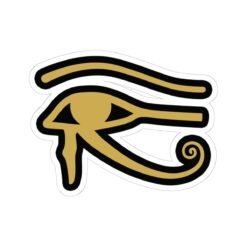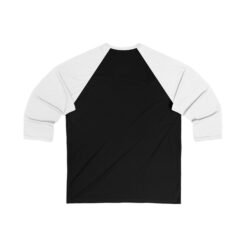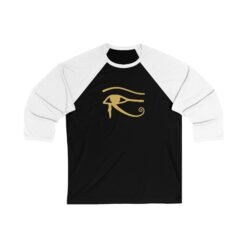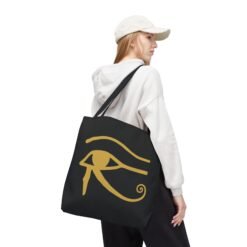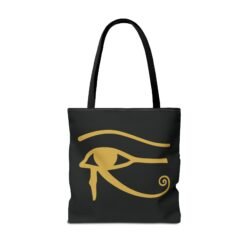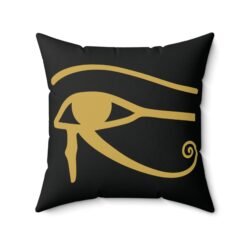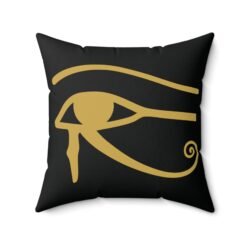Ancient Egyptian Culture, History, History and Culture, History and Mythology, Mythology, Mythology and Culture, Mythology and Healing, Mythology and History
The Eye of Protection: How Ancient Egyptians Used Symbolism in Maritime Safety
The Significance of the Eye Symbol in Ancient Egyptian Culture
The Eye symbol, particularly the Eye of Horus, holds profound significance in ancient Egyptian culture, representing a multitude of concepts such as protection, health, and prosperity. In the mythology surrounding Horus, this eye symbolizes wholeness and healing, famously representing the idea of safeguarding both the living and the dead. The various interpretations of the Eye reflect the Egyptians’ deep connection to the supernatural and their beliefs about life and death.
In essence, the Eye of Horus was not merely an emblem; it was a powerful symbol imbued with spiritual significance that extended beyond the corporeal realm. It was used in amulets and inscriptions to invoke protection from ailments and dangers, serving as a talisman of well-being. Those who carried or displayed the Eye of Horus believed it would shield them from negative forces, making it particularly valuable in maritime activities where dangers were omnipresent.
Moreover, the Eye symbol was often associated with the concept of Ma’at, which represented order, truth, and justice. The presence of the Eye was believed to maintain cosmic balance and ensure that harmony prevailed. For the ancient Egyptians, this balance was essential for prosperity, as chaos was considered a dire threat to their existence. By engaging with the Eye through rituals and offerings, they sought not only individual safety but also collective prosperity within their communities.
Other similar symbols, such as the Eye of Ra, further enriched the tapestry of Egyptian iconography, symbolizing the divine protection offered by the sun god. The recurring appearances of these symbols in art and architecture underscore their importance. The commitment to safeguarding human life and ensuring prosperity through the representation of the Eye remains a testament to the complex belief systems that underpinned ancient Egyptian society.
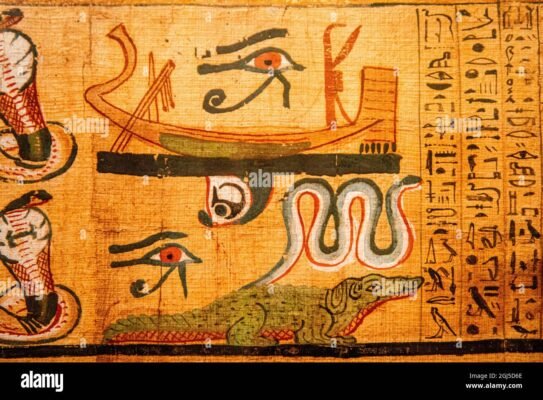
Maritime Practices in Ancient Egypt: Beyond the Amulet
In ancient Egypt, maritime practices were not solely limited to navigation and trade; they encompassed a rich tapestry of beliefs that intertwined with the very design and construction of their vessels. The Nile River served as a critical artery for transportation and commerce, making maritime safety a priority for the Egyptians. Consequently, their approach to maritime activities was steeped in symbolism and protective rituals aimed at safeguarding both the crew and the ship during their endeavors on the water.
One of the most notable aspects of ancient Egyptian maritime culture was the meticulous attention given to boat design. Vessels were crafted not only for functional purposes but also imbued with spiritual significance. The hulls of boats often featured artistic representations and inscriptions of protective deities and symbols. Among these, the Eye of Horus held a prominent place, regarded as a symbol of protection and good fortune. The Eye was frequently painted or carved onto the sides of ships, ensuring that the divine gaze would watch over the vessel as it traversed the waters.
The construction of boats involved adherence to traditional methods that reflected their reverence for the sea. Many ships were built from seal wood and papyrus, materials deemed favorable for durability and buoyancy. During the ritualistic launch of a vessel, ceremonies would take place to bestow blessings and invoke the protection of the gods. This engagement with the divine highlighted the symbiotic relationship between the Egyptians and the natural forces they navigated, reinforcing their belief that safety at sea was contingent upon spiritual favor.
In this context, the practices surrounding maritime activities in ancient Egypt extend far beyond mere navigation. The Egyptians’ embrace of symbolism, particularly the Eye of Horus, aimed not only to enhance their maritime safety but also to affirm their connection to the divine, illustrating an intricate understanding of the interplay between tradition, belief, and practical needs in their culture.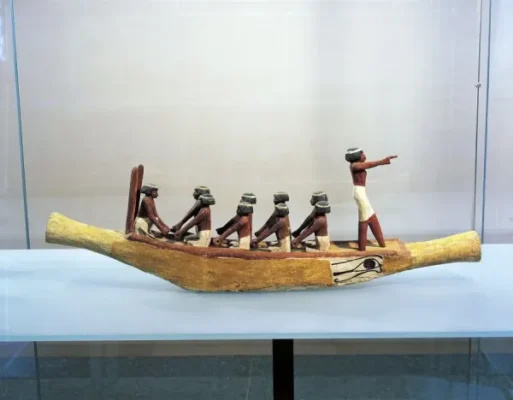
The Practicality of the Eye on Boats: Symbolism Meets Functionality
In ancient Egyptian culture, the Eye of Horus, often referred to as a symbol of protection and foresight, held great significance for mariners navigating the unpredictable waters of the Nile and beyond. This potent emblem was frequently painted onto boats, serving not only as a spiritual safeguard but also as a practical element of maritime safety. The practice illuminated the ancient Egyptians’ keen understanding of combining symbolism with functionality, creating a unique approach to ensuring safe passage through perilous environments.
The Eye of Horus was believed to ward off evil and misfortune, granting sailors confidence as they embarked on their journeys. By adorning their vessels with this supernatural guardian, mariners felt a profound sense of security, allowing them to focus on the challenges ahead rather than the uncertainties they might encounter. This approach resonates with modern nautical safety measures, such as the use of headlights on ships, which provide essential visibility during navigation at night or in adverse weather conditions. Just as these advancements help contemporary sailors avoid obstacles and hazards, the Eye of Horus functioned as a metaphorical beacon guiding ancient Egyptians through turbulent waters.
The convergence of symbolism and practicality illustrated how deeply the Egyptians valued both spiritual belief and tangible safety mechanisms. By integrating protective motifs into their seafaring practices, they fostered not only physical protection against potential dangers but also psychological reassurance. For ancient mariners, the Eye became more than just an emblem; it transformed into a concept wherein faith and functionality intertwined, providing sailors with the assurance needed to brave the unknown seas. The careful placement of such symbols on boats mirrored modern practices, revealing a continuity of human ingenuity in addressing the universal challenges of maritime navigation.
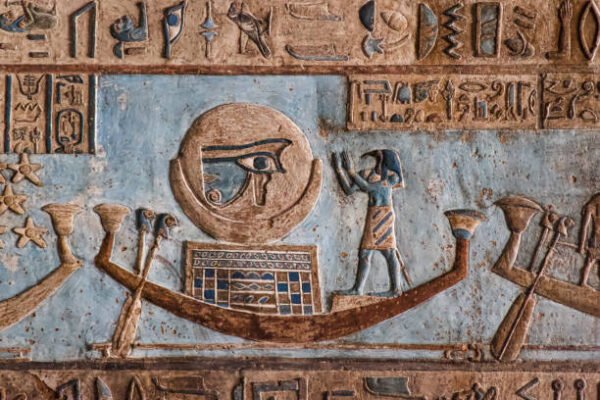
Cultural Legacy: The Eye in Modern Maritime Context
The Eye of Horus, a symbol deeply rooted in ancient Egyptian culture, continues to exert a significant influence on contemporary maritime practices and iconography. This emblem, traditionally associated with protection, royal authority, and good health, has evolved to find relevance in today’s maritime context. The symbol can be frequently observed in various modern artworks, marine tattoos, and even logos related to sea travel and commerce, symbolizing a connection to the vast history of seafaring in Egyptian culture.
In the realm of maritime design, the Eye of Horus is often integrated into the aesthetic elements of ships, yachts, and naval insignias. Its incorporation is not merely decorative; it reflects a continuity of purpose as a talisman of safety and guidance on treacherous waters. Many boat owners and operators choose to adorn their vessels with this ancient symbol as a means of invoking the protective qualities that the Eye embodies, echoing the beliefs of their forebears who relied on similar motifs for maritime safety.
Furthermore, the Eye’s representation extends into the tourism sector, where it serves as a bridge connecting visitors to Egypt’s illustrious maritime history. Tour operators and cultural agencies utilize the Eye of Horus in marketing materials, exhibits, and tourism guides that focus on ancient Egyptian maritime activities. This not only promotes awareness of Egypt’s rich seafaring past but also aligns modern travelers with the cultural narratives of protection and safety once believed to be endowed by this symbol.
The lasting impact of the Eye in contemporary culture illustrates how ancient symbols can transcend time, adapting their meanings to meet the needs and values of modern society. Through a blend of tradition and innovation, the Eye of Horus remains a powerful emblem in maritime contexts, continuing to serve as a protector in the eyes of those who venture across the seas.
Indoor Stickers
Art and Artists
Art and Artists

